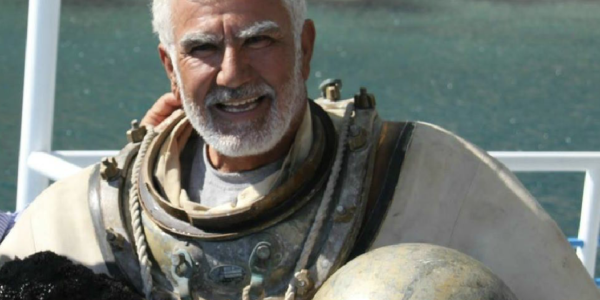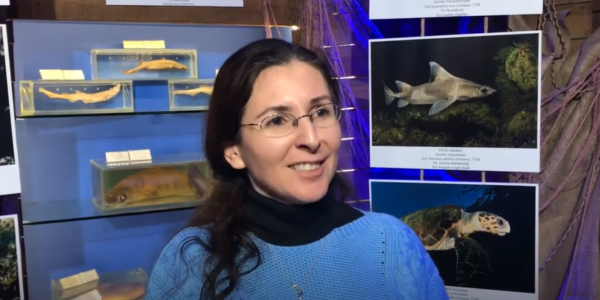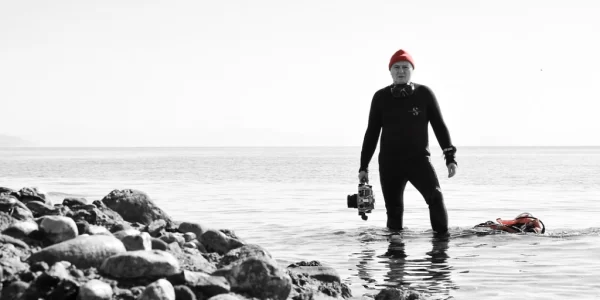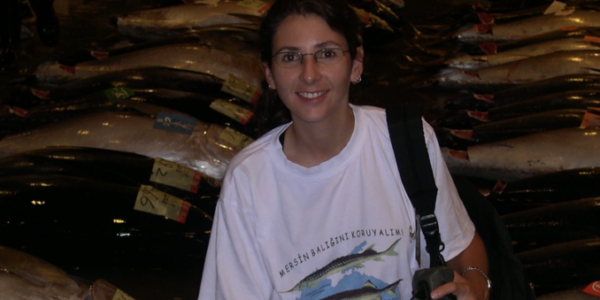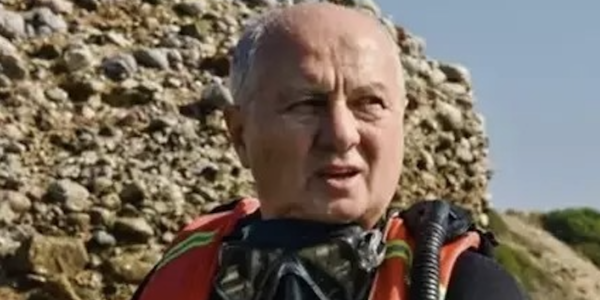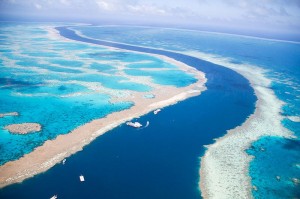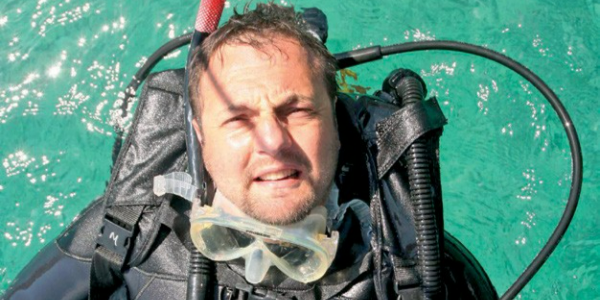In the wake of the April 29, 2017, Climate Change March, which drew tens of thousands of protesters alarmed by the Trump Administration’s views on the environment, a new report offers grim news for the planet’s coral reefs.
Intensifying climate change remains the biggest threat to coral reefs around the world, with rising sea surface temperatures driving widespread bleaching events, according to Australia’s independent Climate Council’s latest report, Climate Change: A Deadly Threat to Coral Reefs.
The findings in the report are dire: The Great Barrier Reef is experiencing mass coral bleaching yet again, less than 12 months since its most devastating bleaching event on record. Rapidly warming oceans, driven by climate change from the burning of coal, oil and gas has led to the world’s longest-ever global bleaching event, beginning in 2014 and ongoing in 2017, with repeated bleaching of the Great Barrier Reef and other reefs worldwide offering no reprieve.
In March 2017, the latest surveys of the Great Barrier Reef show severe bleaching has occurred already this year in inshore and offshore reefs between Palm Islands and Port Douglas — the central section of the reef which was largely spared last year. There is also bleaching (varying levels from minor to severe) over a much wider area to the north and south of this region. Generally, the report notes, southern areas are faring better, especially offshore.
The report shows worsening bleaching events are also placing tourism and global economies at risk, with the loss of coral reefs potentially costing an estimated $1 billion in tourism spending and 10,000 jobs.
The World Heritage-listed Great Barrier Reef is a national economic asset worth $7 billion annually, the report says, supporting the livelihoods of 69,000 Australians employed in sectors such as tourism.
Ecologist and Climate Councillor Professor Lesley Hughes said extensive and ongoing mass coral bleaching and mortality on the Great Barrier Reef in 2016 and now in 2017 should be a wake-up call.
“The extraordinary devastation being experienced on the Great Barrier Reef is due to the warming of our oceans, driven by the burning of coal, oil and gas. It would have been virtually impossible for this to have occurred without climate change,” she said. “Repeated events such as those seen in 2016 and 2017 mean that the opportunities for corals to recover are very limited.”
The report also recognized coral reefs as significant economic assets, with research showing that ongoing severe bleaching on the World-Heritage-listed Great Barrier Reef alone could result in the catastrophic loss of more than 1 million visitors to the region annually – a figure equivalent to at least $1 billion in tourism spending and 10,000 jobs.
“We’ve got to stop and then reverse this trend and we’ve got to do it now. There is no time to lose.”
Climate Scientist and Professor Will Steffen
“This isn’t just an environmental issue,” Hughes said. “The Great Barrier Reef is one of Australia’s greatest economic assets. It’s responsible for bringing in more than $7 billion each year to our economy, while also supporting the livelihoods of around 70,000 people.”
Over the next two to three decades, bleaching events are likely to become even more frequent and severe in Australia, the report warns, with catastrophic impacts on reef health and the economy. “The only way to protect coral reefs in Australia and around the world is to stop greenhouse gas emissions. Australia is the caretaker of the Great Barrier Reef and we are lagging well behind the rest of the developed world when it comes to doing our part to effectively combat climate change,” climate scientist and professor Will Steffen said.
Source: Sport Diver
